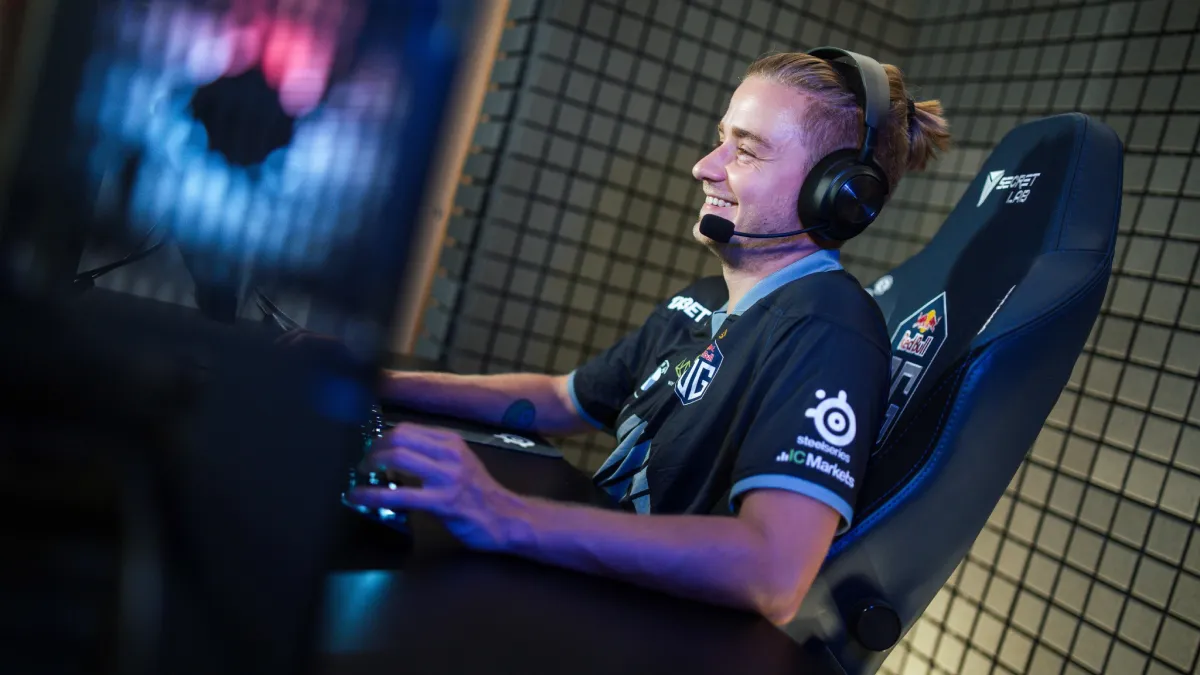How eSports Teams Are Building Their Brand Identity

Esports branding is more than just a logo and name, it should stand for something that fans will remember these stories your organization creates are what helps create lasting fan engagement with your brand.
Esports teams are starting to get wise and creating brands that the fans will root for, associate with themselves, and buy merch from.
So, let us get deep into the how and what of building your team brand while having a lot of fun in this ever exciting world called Esports.
1. Tell a Story that Matters
Behind every proven brand, there lives a story and the esports world is no different; it might be regarding an underdog team reaching for glory or superstars struggling to defeat.
It is part of why fans are hooked on these stories. You know when that friend tells you about how they almost made the winning shot back in high school and then missed it — yeah, I can relate.
These behind-the-scenes stories are not shared by the Esports teams. Fans watch players hit maxima and minima; it’s a personal connection as well.
After all, who roots for a cold and calculative machine of Ultimate Team cards?
Funny fact: Some players are as dramatic as reality TV stars, but hey, it makes for great content!
2. Consistency is Key (Like Actually Showing Up)
Like, say your favourite show, but it airs on random days. You’d be frustrated, right? As for Esports content, it is the same.
Whether it is OpTic Gaming or Team Liquid, every team has understood that more the content is offered to fans are likely keeping them hooked.
No surprises, roll with OpTic‘s series “Vision.” As a result fans get raw look into the world of where this team from interviews to practices and even failure on occasion. For the fan it’s basically as keeping up with your favorite reality TV program, except more video gaming and less arguing about who didn’t do the dishes.
They know the time to watch their favorite team and what level of play they will get from that same said team.
3. Bring Out Authenticity (AKA: Be Real, Not Just Cool)
Photo: Ninja and Paul Getty II/Getty Images One of the most notable trends in esports branding is a turn toward less high-gloss, corporate aesthetic However, fans nowadays prefer to get an insight into the human side of them — their superstitions as a Sehwag or any other player does in cricket-during construction audit NY, Indian car insurance quote funny moments when they toss random jokes and even frustrations that you see unfold on high-definition corp-relatively banets Japan.
TSM, for instance doesn’t hold back from highlighting players in times of triumph or uncomfy team meetings. It is endearing and a little painful to watch your favourite player awkwardly attempt at an explanation for why they played the way that did.
Pro tip: esports players are people too. But this kind of people only press the buttons faster than us.
4. The Power of Passionate People
spokesperson or persona that defines the brand and gives fans a flag to wave. Esports teams are hiring these individuals to embody their values.
It could be the resilient player, or incredibly motivating coach (teach me how to yellow Barrett) — it might even a team owner active on social media.
Look at Norths Jonas “whimp” Svendsen. He’s the former CS pro turned public personality, and serves as North’s esports series “ROAR” face.
He is popular among fans because he has a certain intensity to him that shines through, showcasing his passion for not just the business and wrestling as an industry— but also for winning
5. Creating Relatable Merchandise (It’s Not Just About Jerseys)
Where previously esports merch was little more than basic jerseys, it has now been reimagined into something wearable on the streets.
We are no longer in the era of neon graphics that seem to be straight from a 2008 meme. Esports teams today making merch that fans can wear out of the house without looking like they just walked from Comic-Con.
100 Thieves, for example, other even have their Streetwear if the teams like Supreme influence blend battle team from popular brands and style.
The result? Merch that sells out in hours and is a part of the lifestyle for fans.
True fan: You wait in an online “queue” for 45 minutes to buy the sold-out limited-edition period-sleeve hoodie.
6. Being Responsive (Because Fans Have Questions… a Lot of Them)
No secrets here, and Esports teams know their fans are very vocal. Whether it be game-play, the updated rosters or a low-user strategy people want answers.
We can interact with our teams on social media, and the dividends paid in loyalty terms are far too great to be ignored.
Teams love how over the past few years fans have football whiplash for information; from Twitter AmA’s, to BTS clips on Instagram or practicing live broadcasts via Twitch.
7. Adapt and Grow (But Stay Fun)
Just as gaming is constantly changing, so too are esports and its branding. We are moving further into a world where teams will be more an entertainment brand, and less of a gaming squad….they are producing the kind content that was good enough to be binge watched on Netflix, and they are doing it in such a way that consistently attracts more fans.
The landscape of branding in esports will continue to evolve with the maturation phase. However, no matter what it is that teams do to remain relatable and enjoyable as a team will always be key.
After all, gaming should be enjoyable and fans want to get in on the act — even if it has to remain inspirational viewing from their sofa.
Connection. Emotion. A Dash of Chaos-establishing an Esports Brand The ones that embrace the quirks and paint their brand with personality have found followers who will follow them through unexpected wins, heart-breaking losses, and all of those laughs along the way. And really, what being a fan is about?
FAQ
-
Esports branding is more than just a name and logo. It’s about telling a story and creating a connection with fans through engaging narratives, authentic personalities, and memorable experiences that fans can root for, relate to, and proudly associate with.



